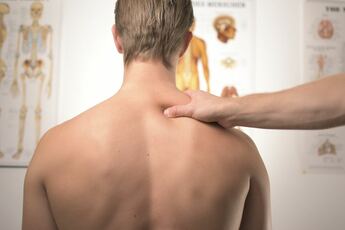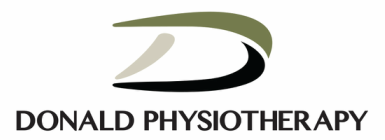
What is the rotator cuff? It is a group of muscles that helps to hold the shoulder in its socket. They also work to lift the arm and rotate it inwards and outwards. The four muscles of the rotator cuff include the subscapularis, supraspinatus, infraspinatus and teres minor. There are other muscles that surround these four and influence how efficiently they work. And if these muscles do not work efficiently, they and the rotator cuff muscles can develop tendinopathy (thickening and tears).
Tendinopathy can occur due to the following (1):
- Impingement of the shoulder muscles – when the muscles rub on each other or surrounding structures due to postural position or other bony changes such as shoulder or acromioclavicular (AC) joint arthritis
- Partial or full thickness tears due to chronic degeneration of tendons
- Partial or full thickness tears due to trauma, such as falling on an outstretched hand or trying to catch yourself on the way down
So what can do you if you suspect that you have a rotator cuff tendon issue or tear? There are several factors that may lend to a more favourable recovery from a rotator cuff tendinopathy. Depending on your mechanism of injury, severity and location of a tear, age and level of function, you may be a candidate for surgery. But physical therapy has also been shown to be effective in the management of rotator cuff tendinopathy (1). Through consideration of each person’s level of function, daily activities and interests, a home exercise program that is best for that person an the issues that they are having can be recommended. Manual (hands on) therapy to help improve shoulder and muscular mobility (this can include massage therapy) is also helpful. Education on anatomy, the way the body moves and how it heals, and different movements to do or avoid is also very helpful with managing this kind of shoulder pain.
Personally, as someone who has enjoyed playing a number of sports and still likes to do so, getting ahead of shoulder pain and potential tendinopathy is important for me, especially since I know that chronic degeneration can lead to tears. I try to keep my shoulders in shape for volleyball, carrying kids and, daily activities in the home and yard, and running with the dog. Some of my go-to exercises include yoga (weight bearing through the hands and shoulders), free weight exercises like rows and overhead press, and rotational resistance band exercises. I began doing these things after minor aches and pains began to affect some of the activities that I enjoy the most. I intend to continue to be active and keep my shoulders healthy, and I am passionate about helping my patients do the same. Please feel free to contact me or one of my colleagues if you have any questions about what you can do to prevent or manage your shoulder pain!
~ Kristyn, PT
References:
1. Factor D, Dale B. Current Concepts of Rotator Cuff Tendinopathy. Int J Sports Phys Ther. 2014 Apr; 9(2): 274–288.
.

 RSS Feed
RSS Feed